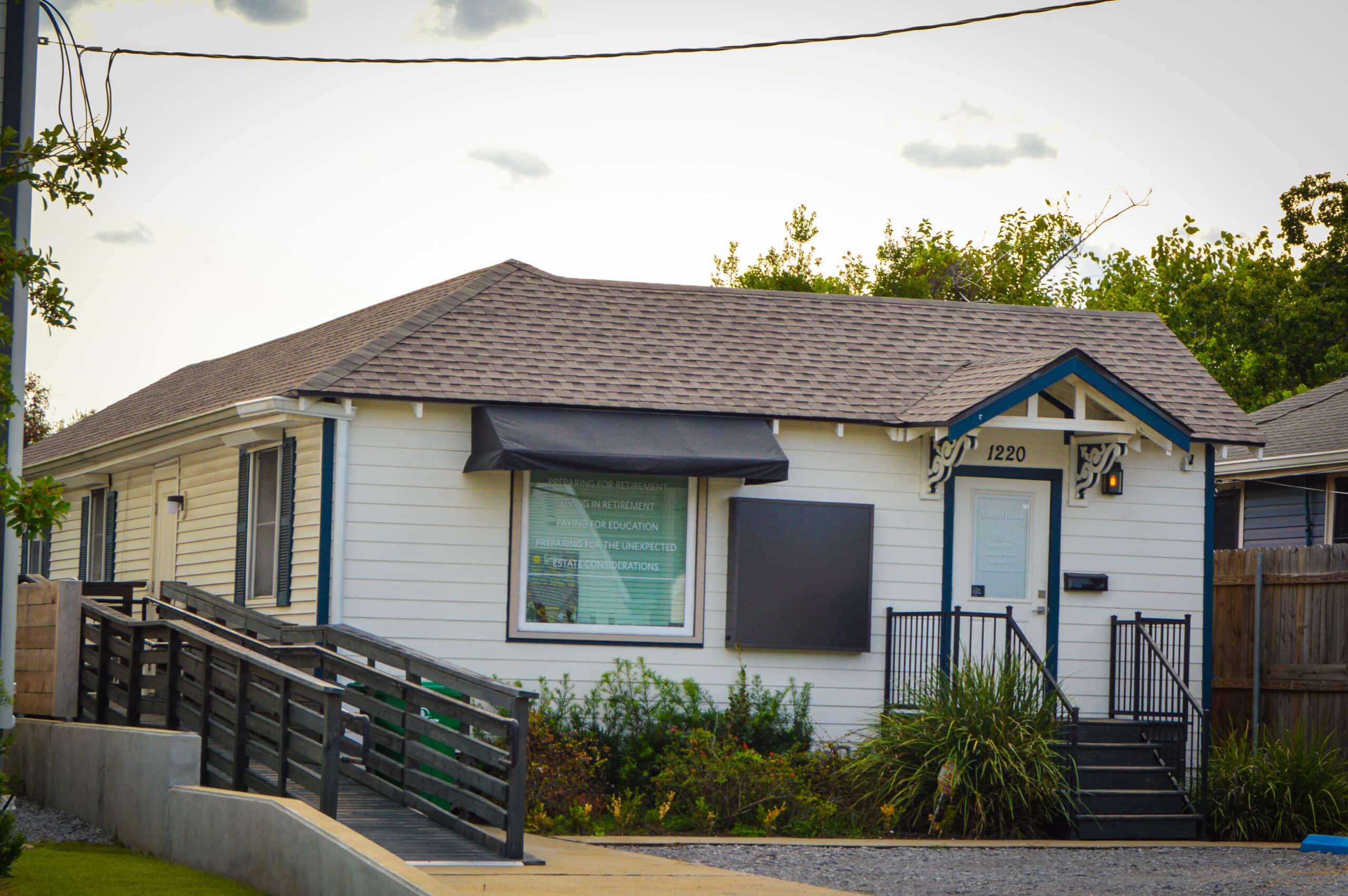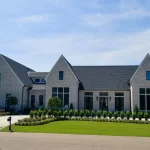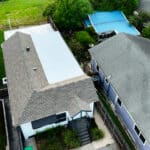10 Point Checklist for Flat Roof Repair Planning
Flat roofs are efficient and space-saving, but when they start to fail, the consequences are swift and unforgiving. Leaks spread quickly. Water damage accumulates silently. And the costs? They escalate the longer you wait.
That’s why flat roof repair planning isn’t just a technical task, it’s a strategic decision that impacts safety, finances, and peace of mind. Without a solid plan, you risk temporary fixes that fail fast or repairs that overshoot your budget.
Before jumping into materials or hiring the first contractor you find, it’s essential to pause. Take a methodical approach. In this guide, we’ll walk you through a 10-point checklist for flat roof repair planning, helping you make smart, informed decisions from start to finish.
Understanding the Value of Proper Flat Roof Repair Planning
Rushing into repairs without a plan often leads to repeat problems. Flat roofs are less forgiving than sloped designs; water doesn’t naturally run off, and small issues can grow fast.
Flat roof repair planning ensures every decision, from material selection to scheduling, is aligned with long-term results. This checklist is your roadmap to prevent costly oversights.
1. Assess the Damage Thoroughly
Start with a full inspection. Look for cracks, pooling water, soft spots, and signs of mold or mildew. Don’t rely on surface impressions. Some damage hides beneath the layers.
If you’re not confident in your inspection skills, bring in a professional. A roofing company in NOLA with experience in flat systems can give you a detailed diagnosis that highlights both visible and hidden damage.
2. Identify the Type of Flat Roof You Have
Not all flat roofs are created equal. Your repair strategy depends heavily on whether your roof uses:
- EPDM rubber
- TPO membrane
- Built-up roofing (BUR)
- Modified bitumen
Each material has different maintenance needs, patching methods, and lifespans. Choosing the wrong technique or product can actually make the problem worse.
3. Evaluate Weather and Timing
Flat roof repairs require dry weather and consistent temperatures. If you’re planning repairs during the rainy season or extreme heat, you may need to adjust your timeline.
Check forecasts and think long-term. Schedule repairs during a predictable weather window to avoid delays or compromised sealing.
4. Set a Realistic Budget
Budgeting isn’t just about materials and labor. You need to consider:
- Permit fees (if applicable)
- Waste disposal
- Unexpected complications (like hidden water damage)
- Post-repair inspections
Flat roof repairs can range widely in cost depending on scope. Planning with a contingency budget helps reduce stress if things don’t go exactly as expected.
5. Research and Choose the Right Contractor
Many flat roofing issues result from poor installation or low-quality repair work. Always vet your contractor carefully.
Look for:
- Proven experience with flat roofs
- Licensing and insurance
- Transparent quotes
- Positive reviews specific to flat roofing
A seasoned roofing company in NOLA will understand the local climate, building codes, and which materials perform best over time in your area.
6. Decide Between Repair and Replacement
Sometimes the signs of damage point to a deeper issue: age. If your flat roof is nearing the end of its life expectancy, repairs might only delay the inevitable.
Ask yourself:
- Is the damage recurring?
- Have past repairs failed?
- Is more than 25% of the surface compromised?
In such cases, it might be more economical in the long run to replace the roof instead of continuously patching it.
7. Get a Detailed Repair Plan in Writing
Avoid vague commitments. Ask your contractor for a written plan that outlines:
- Scope of work
- Materials used
- Timeline
- Warranty details
- Clean-up responsibilities
This document will keep expectations clear and protect both parties from misunderstandings.
8. Prepare Your Property
Before the work begins, take precautions:
- Move valuables away from leak-prone areas
- Cover HVAC units or skylights near the repair zone
- Inform tenants or neighbors of potential noise or access issues
Well-planned preparation ensures minimal disruption during the process and speeds up the cleanup afterward.
9. Plan for Drainage Improvements
A recurring issue with flat roofs is poor drainage. Water that lingers can quickly break down roofing materials and invite rot or leaks.
As part of your repair plan, evaluate your drainage system. Consider upgrades like:
- Additional drains or scuppers
- Tapered insulation
- Cleaning and unclogging existing gutters
Fixing the roof without addressing drainage is like mopping up a spill while the tap’s still running.
10. Schedule Routine Maintenance
Once your repair is complete, the work isn’t over. Preventative maintenance protects your investment and extends your roof’s lifespan.
Schedule:
- Biannual inspections
- Regular cleaning of debris
- Immediate sealing of small cracks or splits
Flat roofs don’t forgive neglect. Make maintenance part of your annual routine to avoid unexpected repairs down the line.
The Long-Term Impact of Smart Flat Roof Repair Planning
When you take a planned, thoughtful approach to flat roof repair, you’re not just solving a leak, you’re extending the life of your entire property. You minimize costs, reduce downtime, and prevent damage to interior systems and structures.
Good planning saves more than just money. It protects your peace of mind.
Final Thoughts on Flat Roof Repair Planning
Flat roofs can last decades when maintained well. But without the right plan, even a minor crack can become a major crisis.
This flat roof repair planning checklist gives you a clear, practical approach that helps you avoid the common traps,rushed fixes, mismatched materials, and unqualified contractors. Each step builds toward a roof that performs reliably, rain or shine.
And when in doubt, consult professionals who know flat roofing inside and out. The right roofing company in NOLA can guide you through the process with transparency, expertise, and results that last.
Plan first. Repair second. That’s how you stay dry in the long run.




